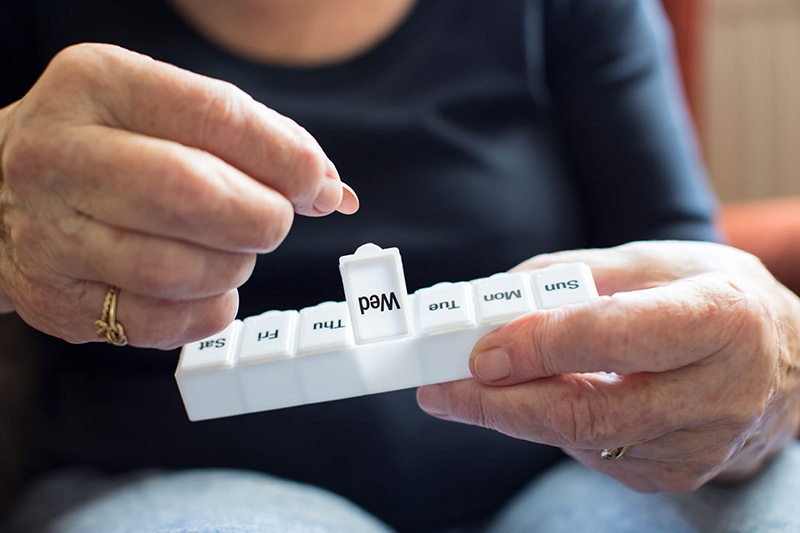Prevention and Treatment of Venous Thromboembolism (VTE)
How can VTE be prevented?
Be proactive. Ask for a risk assessment for VTE when if you are admitted to the hospital or are having surgery
VTEs often are preventable, with strategies that stop the development of clots in people "at-risk." Healthcare professionals discern risk by gathering information about a patient's age, weight, medical history, medications and lifestyle factors.
Those at risk may take anti-clotting, or blood-thinning, medications or use mechanical devices such as compression stockings or compression devices. Getting out of bed quickly after surgery is also advised if possible.
How is it treated?
VTE includes deep vein thrombosis (DVT), when a blood clot forms in a deep vein, usually in the leg. And it includes pulmonary embolism (PE), when the clot breaks off and travels from the leg up to the lungs.
DVT and PE are serious, life-threatening conditions that require immediate medical attention. Early diagnosis and treatment can often lead to recovery, but long-term complications may occur.
Treatment usually includes blood thinning medication to keep clots from continuing to form, and sometimes strong clotbusters to actually break up clots. Options include:
- Anticoagulants, including injectables such as heparin or low molecular weight heparin, or tablets such as apixaban, dabigatran, rivaroxaban, edoxaban and warfarin (also called direct-acting oral anticoagulants or DOACs). These medications are used for a number of months. If the VTE occurred after a provoking factor like surgery, trauma, pregnancy, hospital stay, or with use of hormone treatments, this is usually given for a fixed number of months. For patients without these provoking factors treatment can be recommended for longer durations.
- Thrombolytic therapy, which includes drugs such as a tissue plasminogen activator (tPA), — a clot-dissolving enzyme. This can be given through an arm vein, and also by inserting catheters directly into the blood clot in the vein or lung.
Surgical procedures may also be used. This can involve placing a filter in the body's largest vein, the inferior vena cava, to prevent blood clots from traveling to the lungs. It can also involve removing a large blood clot from the vein or injecting clot-busting medicines into the vein or lung artery.
